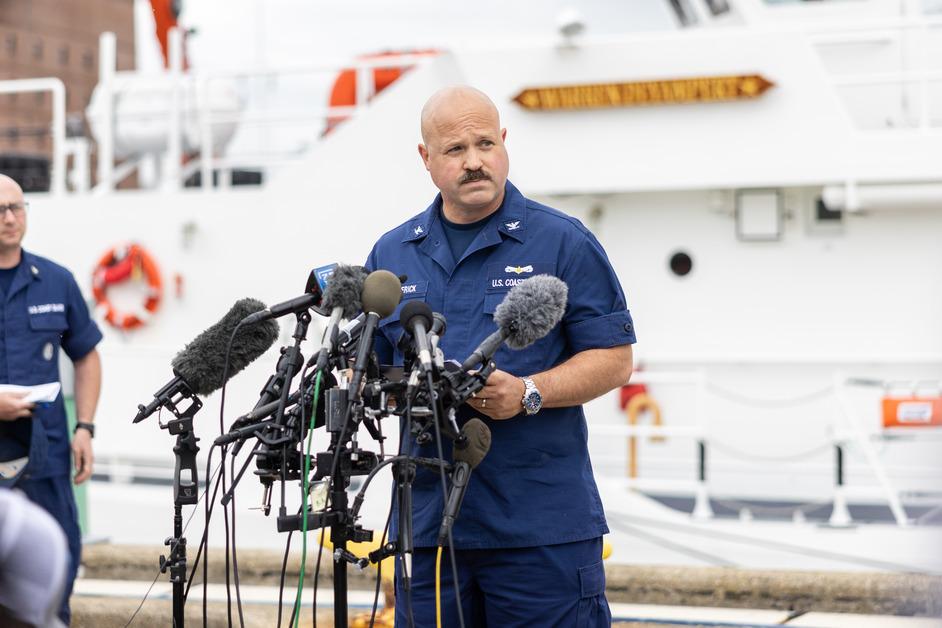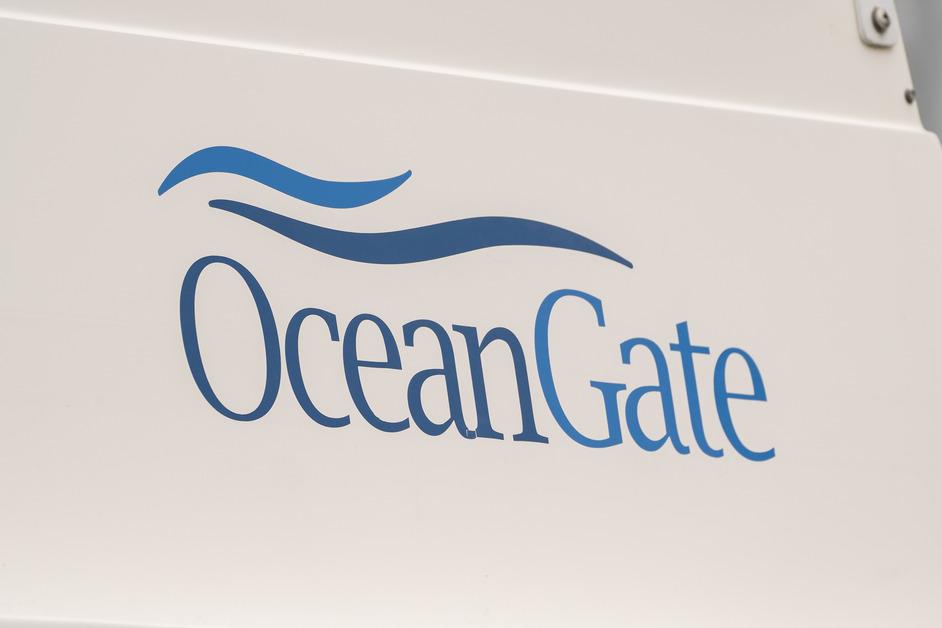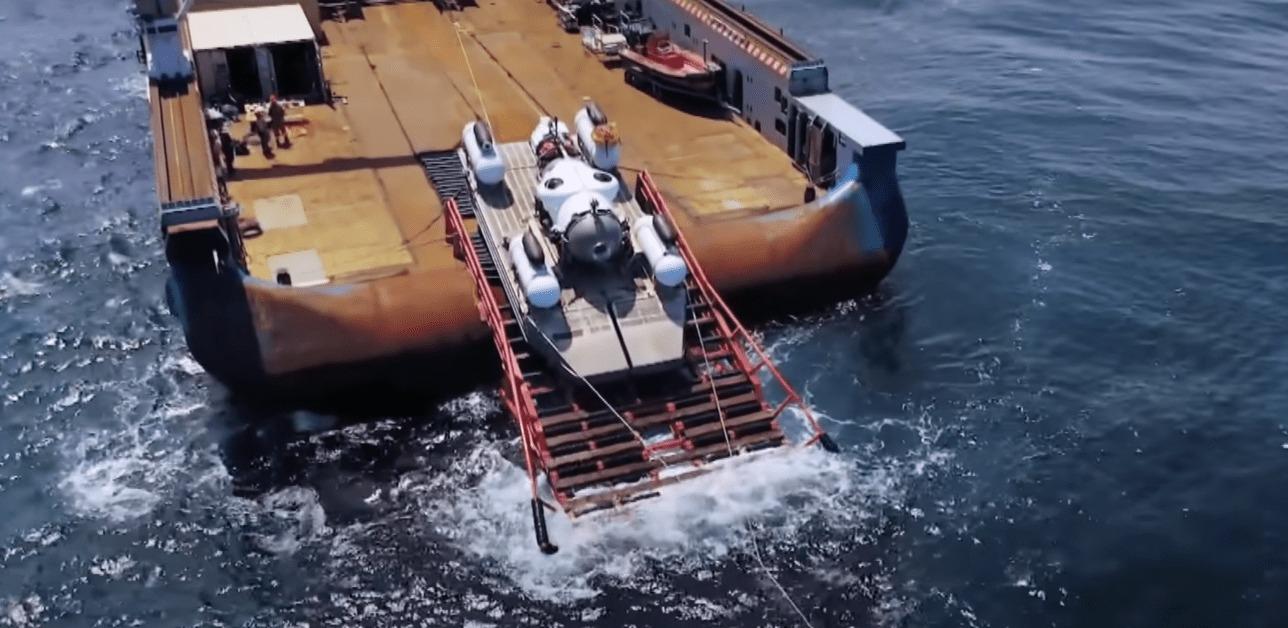The Titan Was a Submersible, Not a Submarine. What’s the Difference?
Published June 22 2023, 4:51 p.m. ET
The underwater vessel that went missing on June 18, 2023, was a submersible, not a submarine. It descended into the deep waters of the North Atlantic to see the Titanic’s wreckage with five passengers aboard and now has become a tragic loss.
However, the incident has many people asking, what is the difference between a submersible and a submarine? The distinction, especially in the case of the Titan, is exceptionally important.
What is the difference between a submersible and a submarine?
According to the National Oceanic and Atmospheric Administration (NOAA), a submarine is a vessel that holds enough power to leave a port and come back on its own. A submersible, on the other hand, has much more limited power capacity and needs a mother ship to launch from and return to.
The Titan submersible, created by the company OceanGate, was quite small. It measured just 22 feet in length, with a porthole window at the front where passengers could view the Titanic's remains. A full trip down to the wreck and back is estimated to take eight hours, but the vessel held up to 96 hours of oxygen for a maximum of five people, per BBC News.
However, there’s more. A submersible isn’t as regulated as other water vessels, especially when entering international waters. In the case of the Titan, it launched from a Canadian ship into the North Atlantic, which means that it technically does not need to follow as many rules or register with a country like other boats, per The New York Times.
According to Curbed, this means that companies like OceanGate can get by without some important safety certifications. In 2019, the company explained it decided against testing its submersible with an independent certification company because of OceanGate’s higher safety standards. They also claimed that incorporating outside entities would impede their nonstop innovations.

According to The New York Times, in 2018, OceanGate’s director of marine operations, David Lochridge, produced a report in which he expressed that the Titan needed more safety testing and warned of “the potential dangers to passengers of the Titan as the submersible reached extreme depths.” Lochridge was later sued by OceanGate for sharing “confidential and proprietary information.”
More experts got involved and reached out to the CEO of OceanGate, Stockton Rush, in a letter expressing their concerns. One of the most notable quotes being, “Our apprehension is that the current experimental approach adopted by Oceangate could result in negative outcomes (from minor to catastrophic) that would have serious consequences for everyone in the industry.”

Experts who wrote the letter have said that Rush refused for the Titan to be inspected and certified by leading safety agencies, even after Lochridge, the OceanGate director of marine operations, expressed the gravity of doing so. According to court documents, OceanGate was “unwilling to pay” for the inspections.
Revealed in the lawsuit by Lochridge, the Titan should only go down 1,300 meters at most. Trips to the Titanic would take it almost 4,000 meters under the surface. By ignoring this, and having no plans of acquiring proper certification, Lochridge and others believed OceanGate was misleading passengers, per The New York Times.
It is currently unclear if OceanGate will be held responsible for the implosion of the Titan determined by the U.S. Coast Guard on June 22, 2023.


